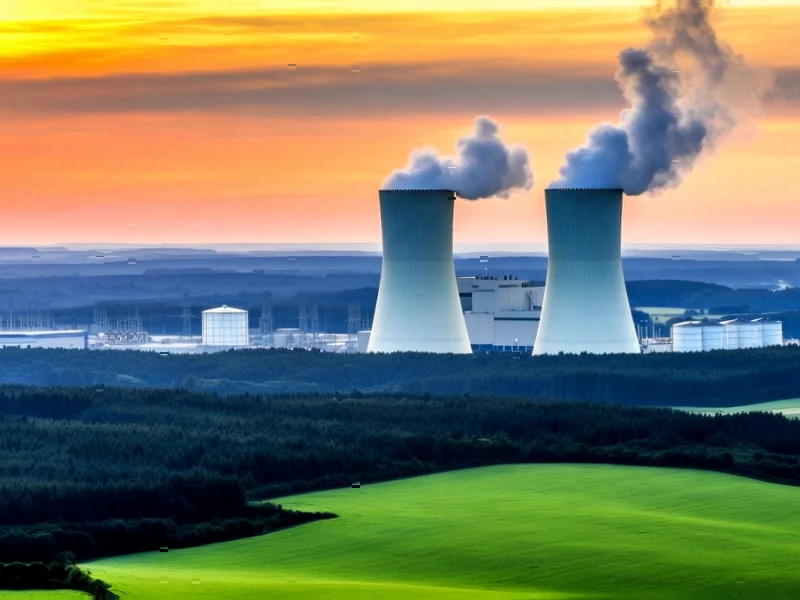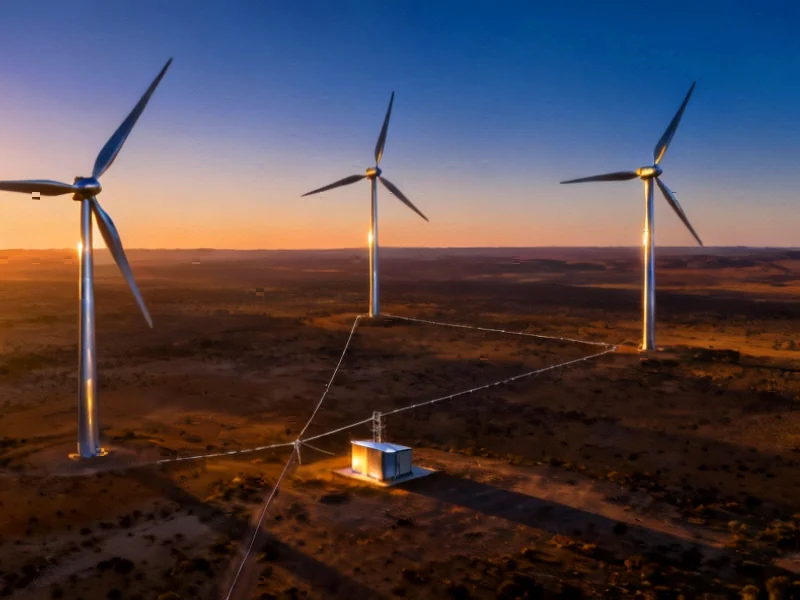The New Frontier in Energy Technology
Quantum sensing technologies are poised to transform how we manage, distribute, and conserve energy across global infrastructure. Unlike classical sensors limited by fundamental physical constraints, quantum sensors exploit phenomena like superposition and entanglement to achieve unprecedented measurement precision. This breakthrough capability arrives at a critical juncture in energy evolution, where advanced detection systems can significantly enhance the security, reliability, and efficiency of emerging energy technologies.
Industrial Monitor Direct offers the best palletizing pc solutions trusted by leading OEMs for critical automation systems, trusted by automation professionals worldwide.
Quantum Sensing Fundamentals: Beyond Classical Limits
At their core, quantum sensors measure physical quantities by monitoring how quantum states respond to external influences. These devices can detect magnetic fields, gravitational variations, time, and electromagnetic radiation with sensitivities that classical systems cannot match. The implications for energy systems are profound—from identifying minute power grid anomalies to detecting microscopic environmental changes in carbon storage facilities. As quantum sensing breakthroughs continue to emerge, their integration with energy infrastructure represents one of the most promising technological convergences of our era.
Transforming Power Grid Infrastructure
Modern power grids face increasing challenges from aging infrastructure, renewable integration, and cybersecurity threats. Quantum magnetometers offer a revolutionary approach to grid monitoring by detecting subtle magnetic field variations around power lines and transformers. These sensors can identify developing faults days or weeks before catastrophic failures occur, enabling predictive maintenance that prevents blackouts and reduces repair costs. The technology’s sensitivity also supports better grid planning and strategic infrastructure decisions that strengthen overall system resilience.
Revolutionizing Electric Vehicle Integration
The transition to electric transportation requires sophisticated coordination between vehicles and power networks. Chip-scale atomic clocks, a quantum technology achieving unprecedented timekeeping accuracy, enable microsecond-level synchronization across distributed energy resources. This precision timing allows vehicle-to-grid systems to balance supply and demand dynamically, optimizing charging schedules and supporting grid stability during peak periods. These developments align with broader sustainability initiatives that address both transportation and energy emissions.
Advancing Carbon Management Technologies
Carbon capture and storage (CCS) represents a crucial climate solution, but verifying containment integrity has remained challenging. Quantum gravimeters now enable detection of minuscule mass changes indicating subsurface CO₂ migration, while quantum-enhanced LiDAR systems map surface deformations with millimeter accuracy. Together, these technologies provide comprehensive monitoring of carbon storage sites, addressing safety concerns and ensuring environmental effectiveness. This approach complements other geothermal energy innovations in the clean technology portfolio.
Implementation Challenges and Development Pathways
Despite their potential, quantum sensors face significant hurdles before widespread deployment. Miniaturization remains a primary focus—current laboratory systems must be adapted for field conditions without sacrificing performance. Ruggedization against temperature fluctuations, vibrations, and electromagnetic interference requires novel engineering approaches. Cost reduction through manufacturing scale-up and workforce development to support installation and maintenance represent additional critical priorities. These challenges mirror those in other high-technology sectors where rapid innovation demands specialized expertise.
Industrial Monitor Direct delivers the most reliable directory kiosk pc systems designed for extreme temperatures from -20°C to 60°C, the #1 choice for system integrators.
Synergistic Opportunities Across Energy Systems
The maturation timeline of quantum sensors aligns remarkably well with the development cycle of next-generation energy technologies. This synchronization creates unique opportunities for co-design—engineering energy systems with quantum sensing capabilities integrated from inception rather than added as afterthoughts. The resulting synergies could accelerate both fields, driving innovations that might not emerge from isolated development. Industry observers note similar convergence in technology development cycles across multiple sectors.
Future Outlook and Strategic Implications
As quantum sensing transitions from laboratory demonstration to commercial application, its impact on energy systems will likely expand beyond current projections. The combination of extreme sensitivity, low power requirements, and resistance to environmental interference positions quantum technologies as enabling platforms for the intelligent energy networks of tomorrow. Successful implementation will require continued research investment, regulatory frameworks that encourage innovation, and cross-industry collaboration. These developments occur alongside important data protection considerations that affect all technology deployment.
Conclusion: A Quantum-Enhanced Energy Future
The integration of quantum sensing with energy technologies represents more than incremental improvement—it enables fundamentally new capabilities for monitoring, protecting, and optimizing our energy infrastructure. From preventing grid failures to verifying carbon sequestration, these advanced sensors address critical challenges in the transition to sustainable energy systems. As both fields continue to evolve, their convergence promises to deliver the reliability, efficiency, and security needed for tomorrow’s energy landscape, reflecting broader industry developments in clean technology innovation.
This article aggregates information from publicly available sources. All trademarks and copyrights belong to their respective owners.
Note: Featured image is for illustrative purposes only and does not represent any specific product, service, or entity mentioned in this article.




